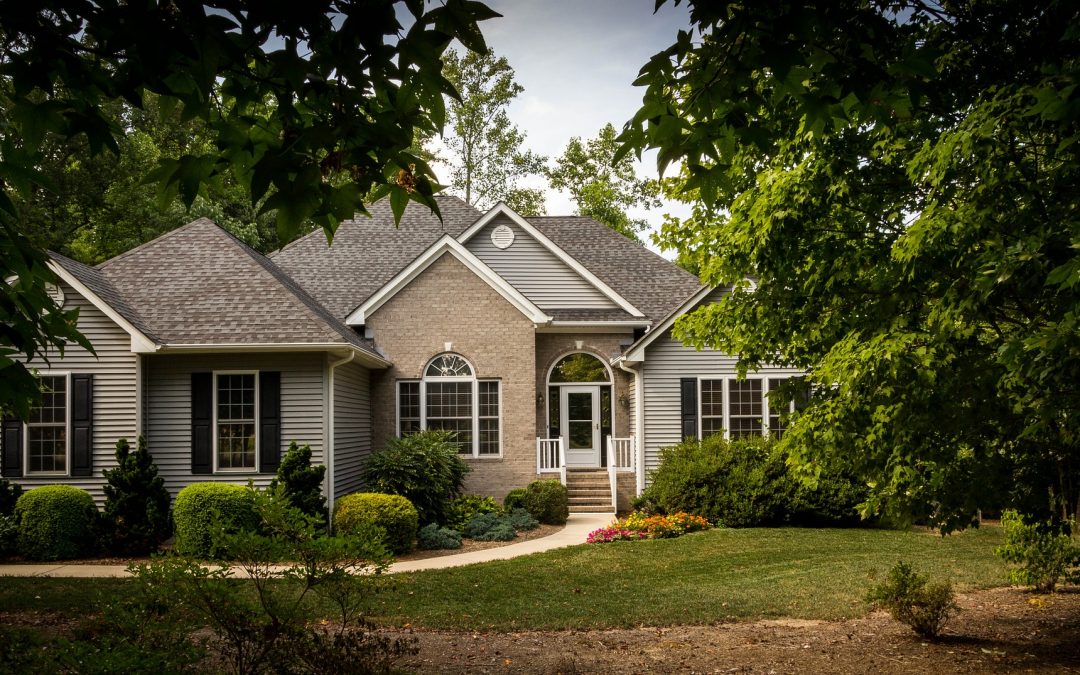When financing your home, one of the most important things you’ll need to consider is the length of your mortgage term. Your mortgage term is the number of years you’ll have to pay off your mortgage, with most terms lasting somewhere between 15 and 30 years.
The 30-year fixed-rate mortgage has historically been the most popular choice for those on the path to homeownership. However, many homebuyers have instead opted for the 15-year fixed-rate mortgage to help them finance their home.
Structurally, the two mortgage options are similar. For example, both come with fixed-rate interest, meaning the interest rates are set and will not change throughout the life of the loan. A borrower’s credit score and credit history can also impact interest rates for both options. The main difference between the two is the length of the term, which causes the monthly payment amounts and total interest paid to differ.
Understanding the advantages and disadvantages of the 15-year fixed-rate mortgage and the 30-year fixed-rate mortgage will help you choose the option that best aligns with your budget and overall financial goals.
The 30-Year Fixed-Rate Mortgage
With a 30-year fixed-rate mortgage, borrowers will have 30 years to pay back their loan balance plus interest. This longer mortgage term results in a lower monthly payment, making the 30-year fixed-rate mortgage an appealing and affordable option for first-time homebuyers.
Additionally, since the monthly payments are lower, more borrowers can qualify for a 30-year fixed-rate mortgage. Lower payments also allow borrowers to save more money each month to put towards their other financial goals.
However, compared to a 15-year fixed-rate mortgage, higher interest rates and a higher amount of total interest paid are two disadvantages to consider with a 30-year fixed-rate mortgage.
The 15-Year Fixed-Rate Mortgage
A major advantage of the 15-year fixed-rate mortgage is that borrowers can pay off their loans significantly faster than they would be able to with its 30-year counterpart. In addition, the shorter mortgage term imposes less risk for lenders, so a 15-year fixed-rate mortgage also comes with lower interest rates.
Since borrowers will be able to pay off their balance plus interest in a much shorter period of time, they will end up spending less on total interest payments than they would with a 30-year fixed-rate mortgage. However, this shorter mortgage term results in higher monthly payments, which may be difficult for first-time homebuyers to afford.
Though the 15-year and 30-year fixed-rate mortgages may differ, both are significant financial commitments. The experts at Coastal Custom Mortgage are here to help you choose which mortgage term makes the most sense for you, your budget, and your unique financial goals. If you’re looking to purchase a home and would like to explore your mortgage options, contact us today.
